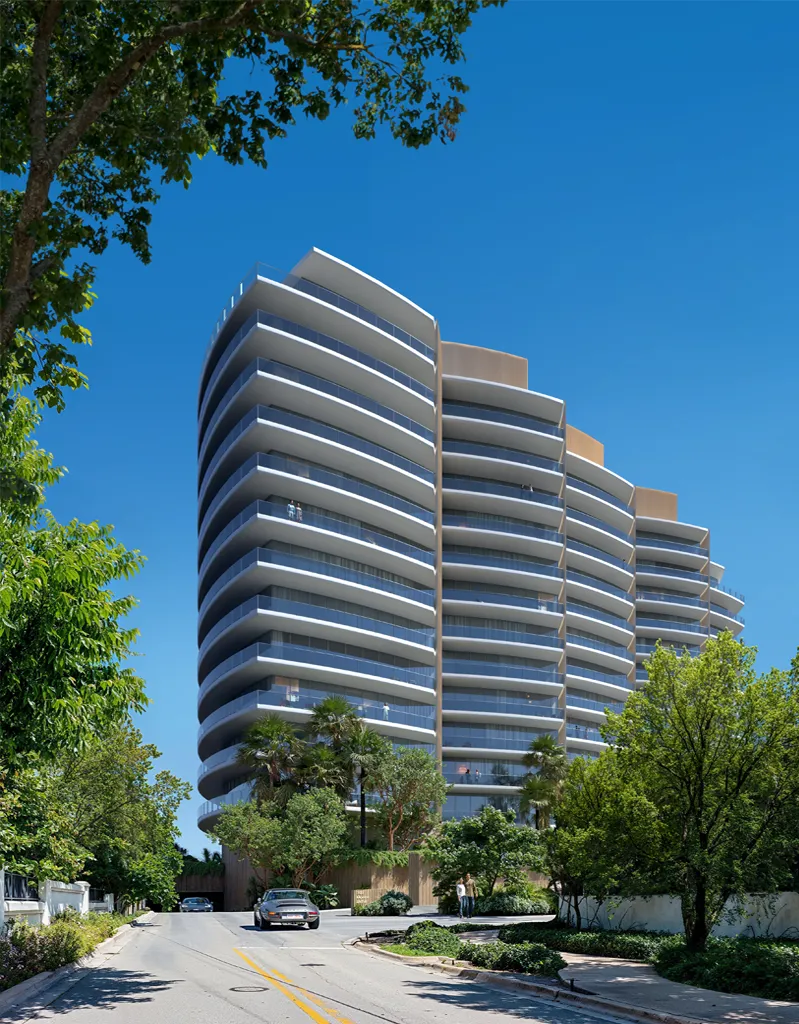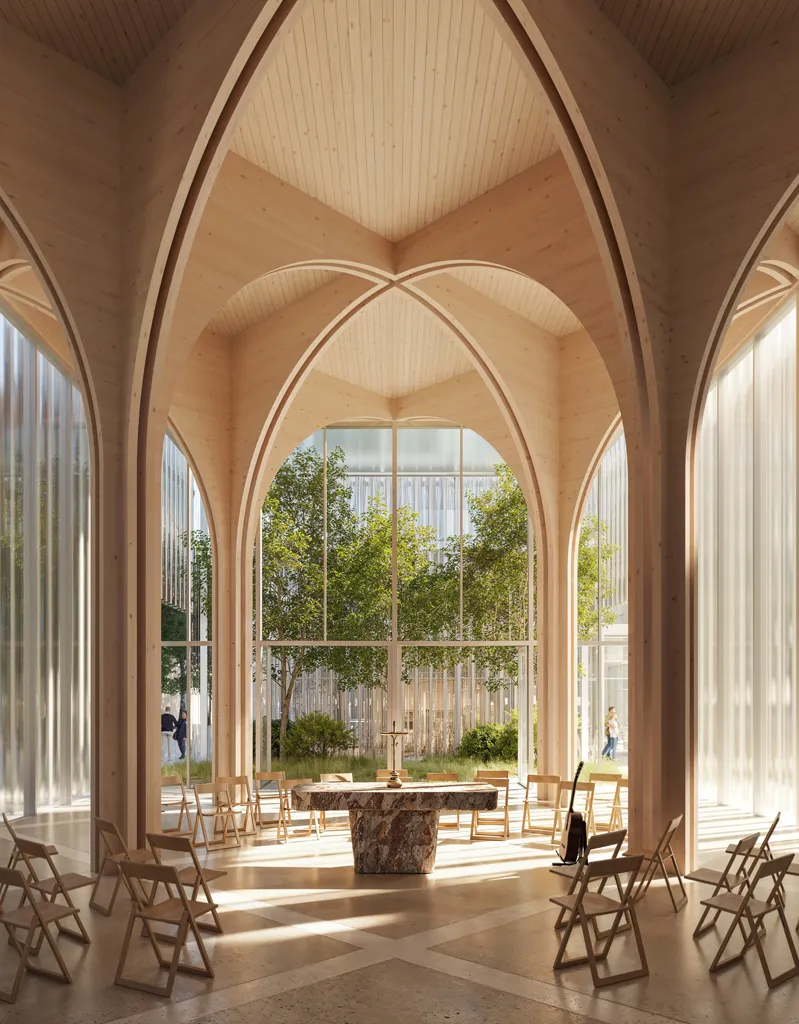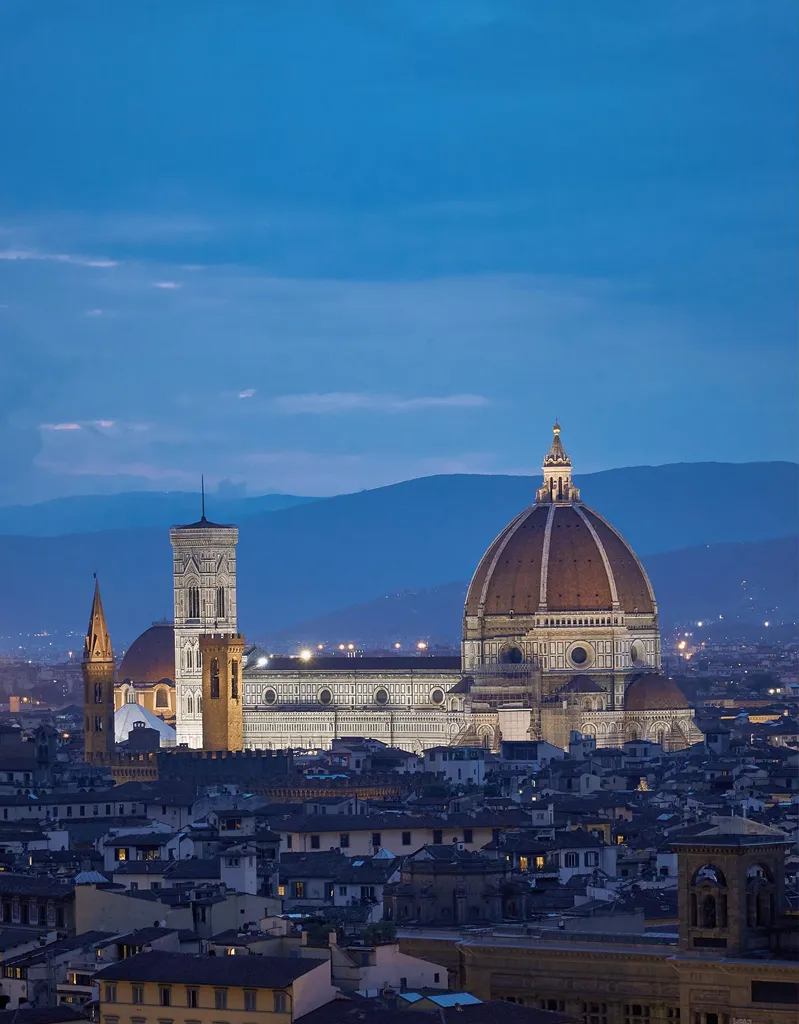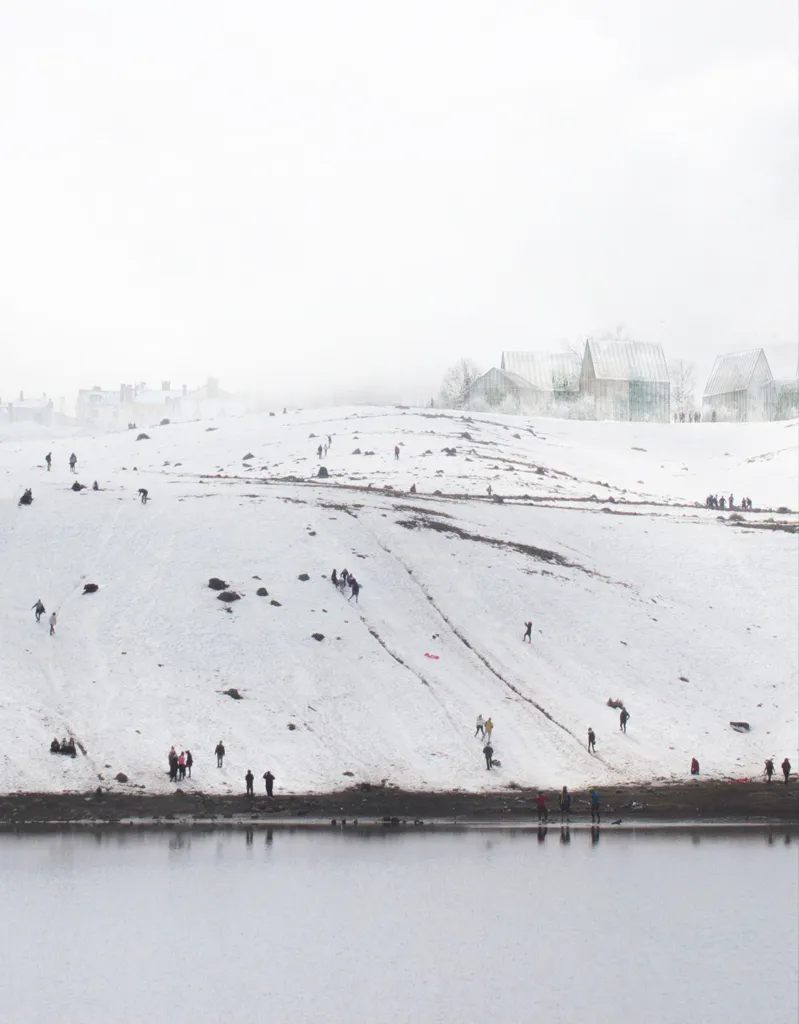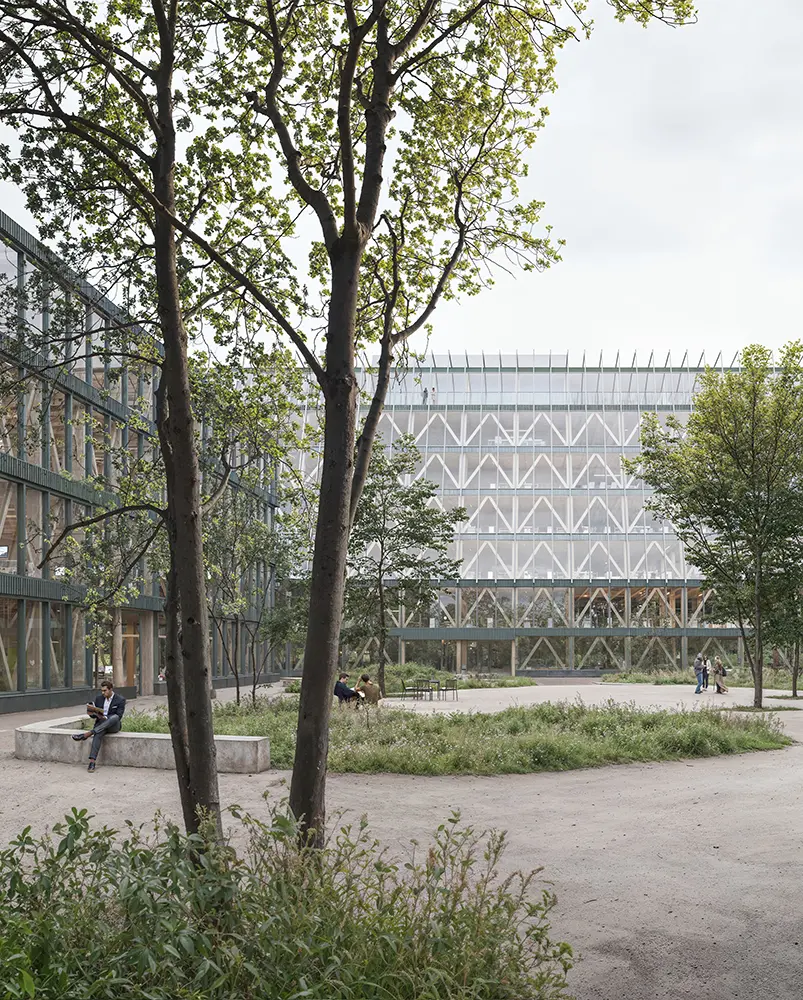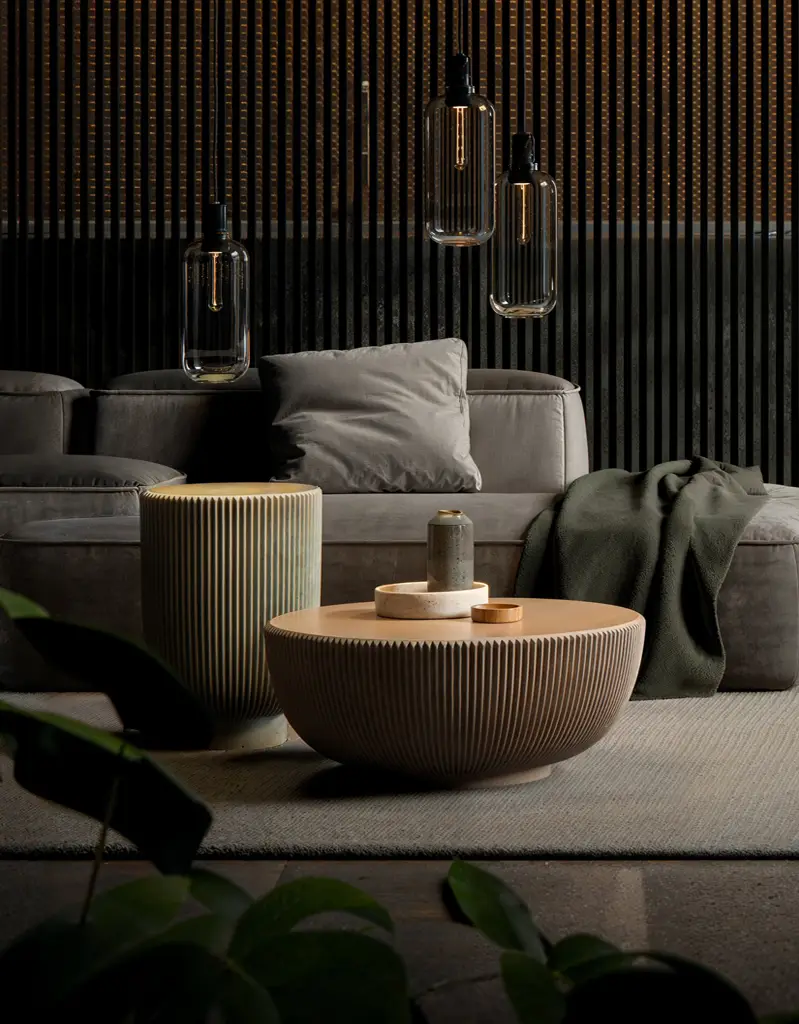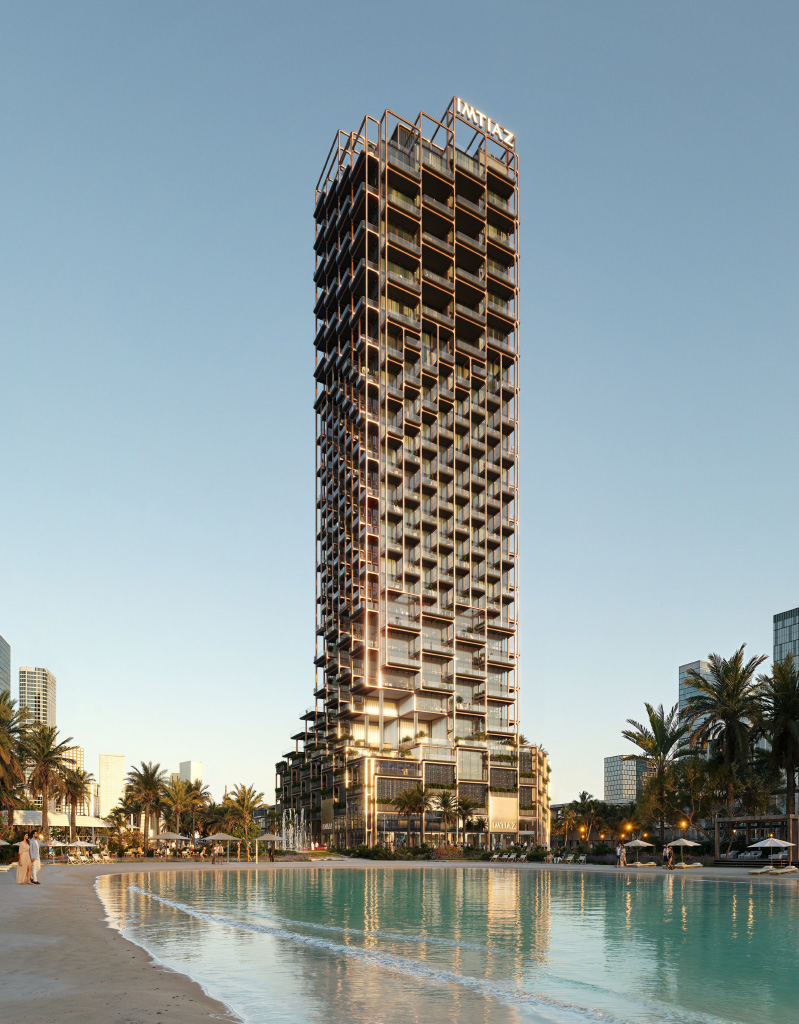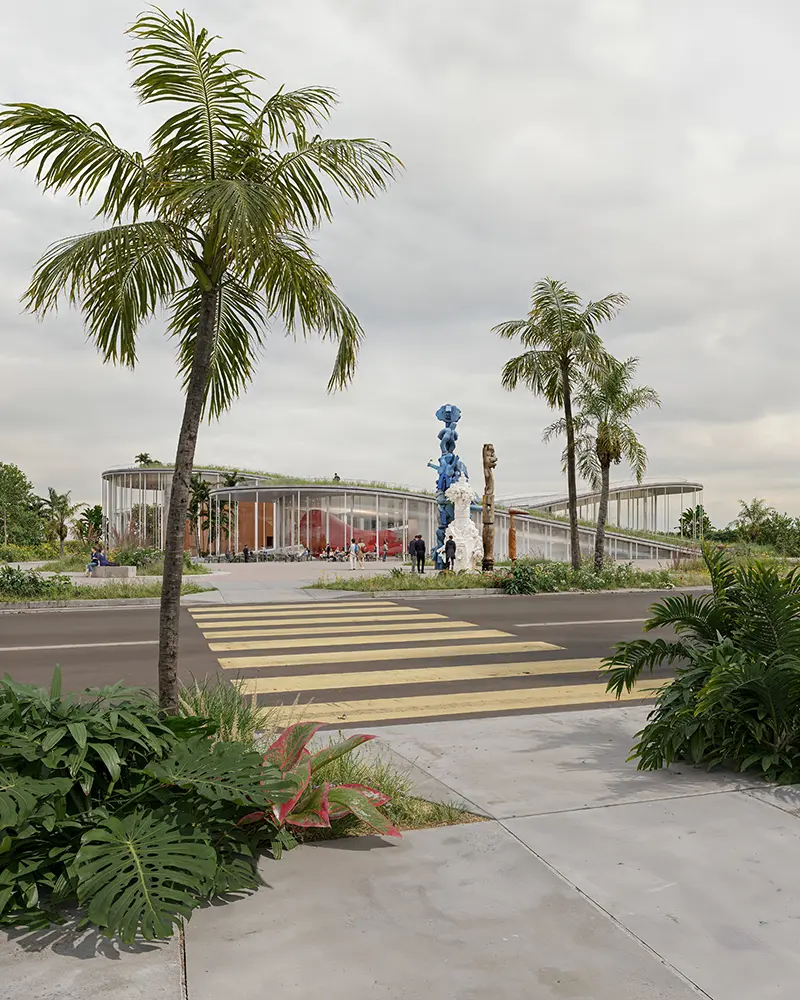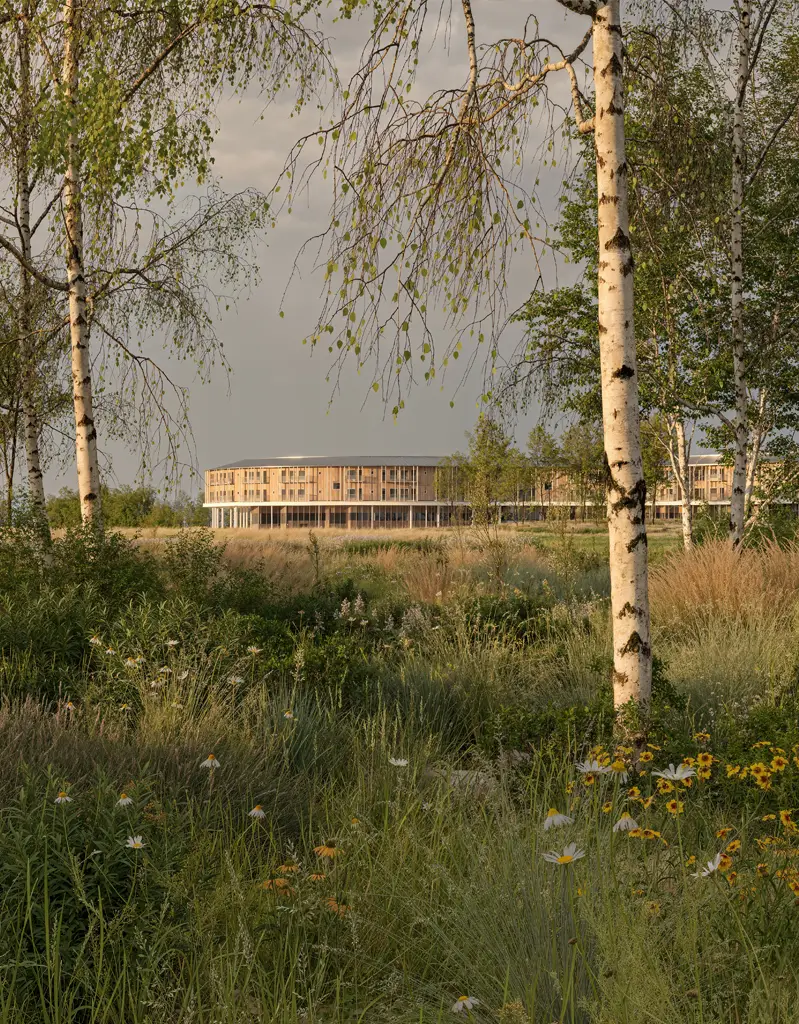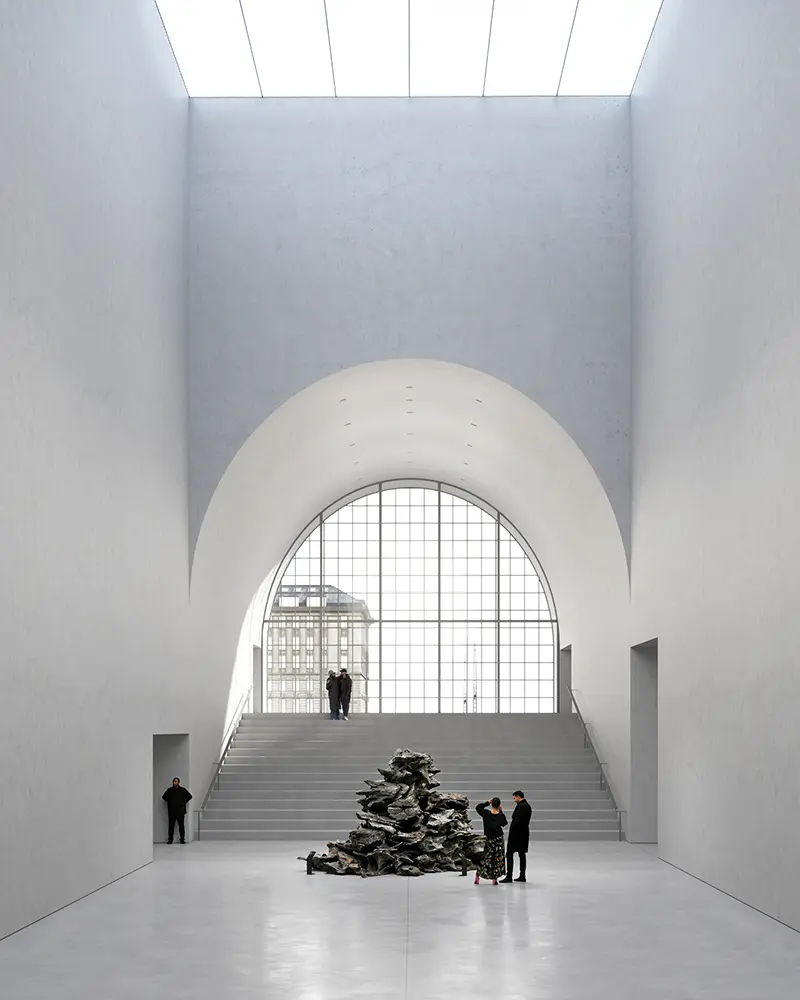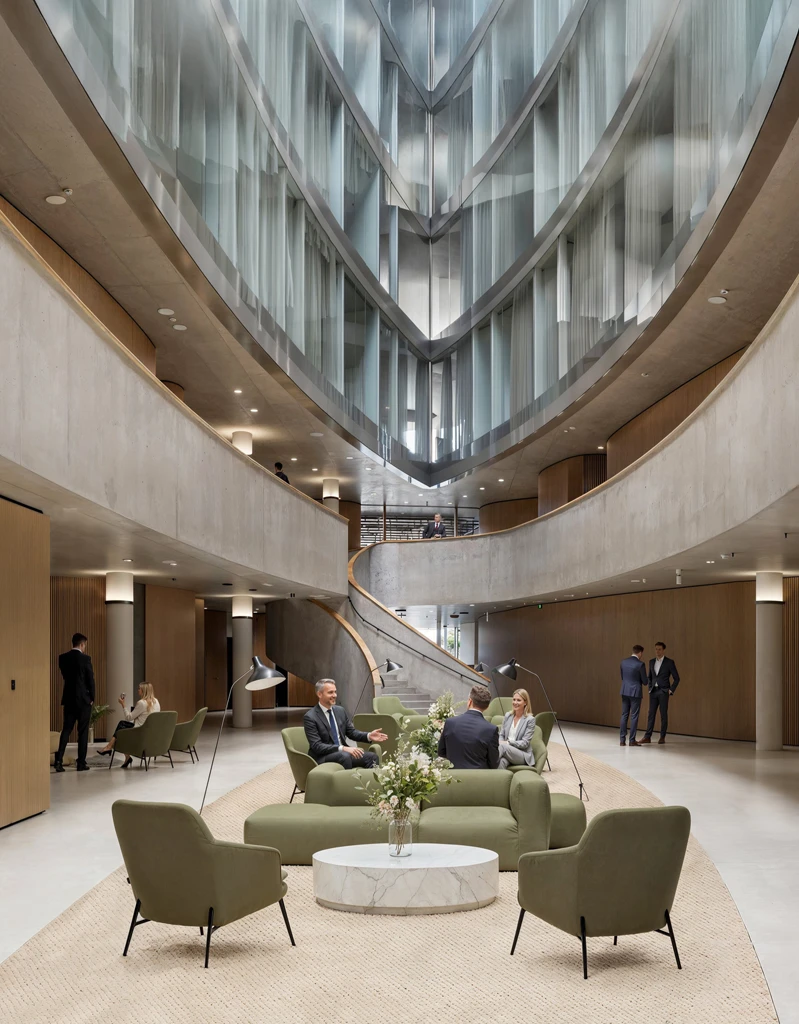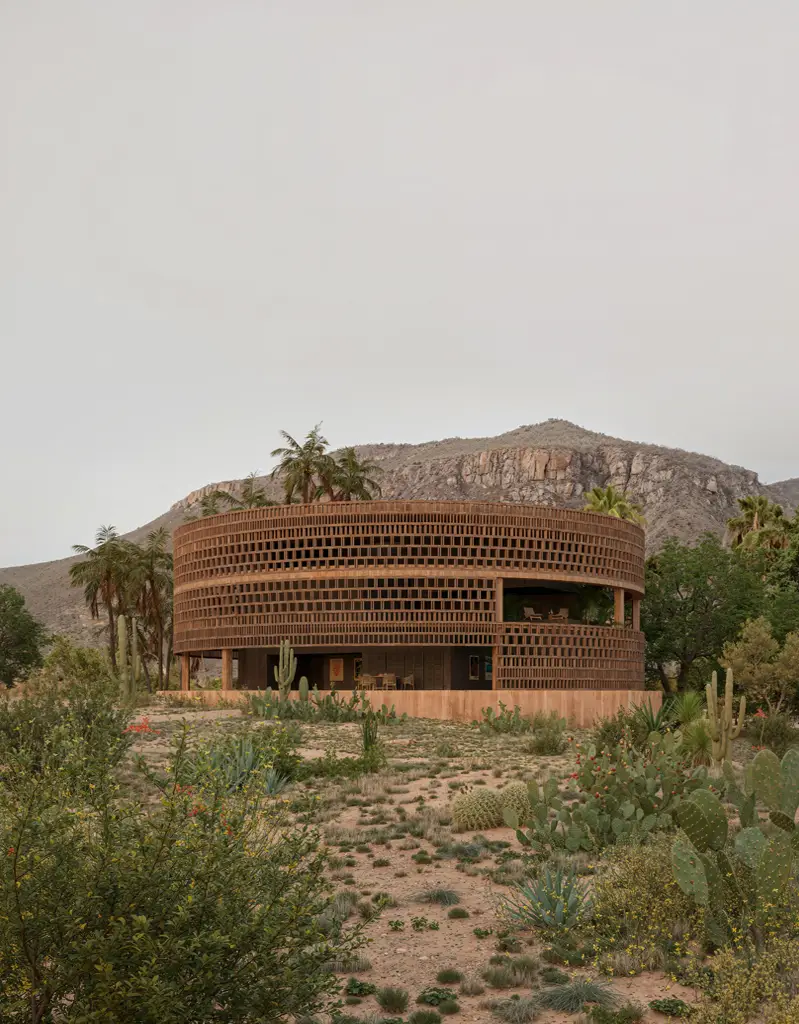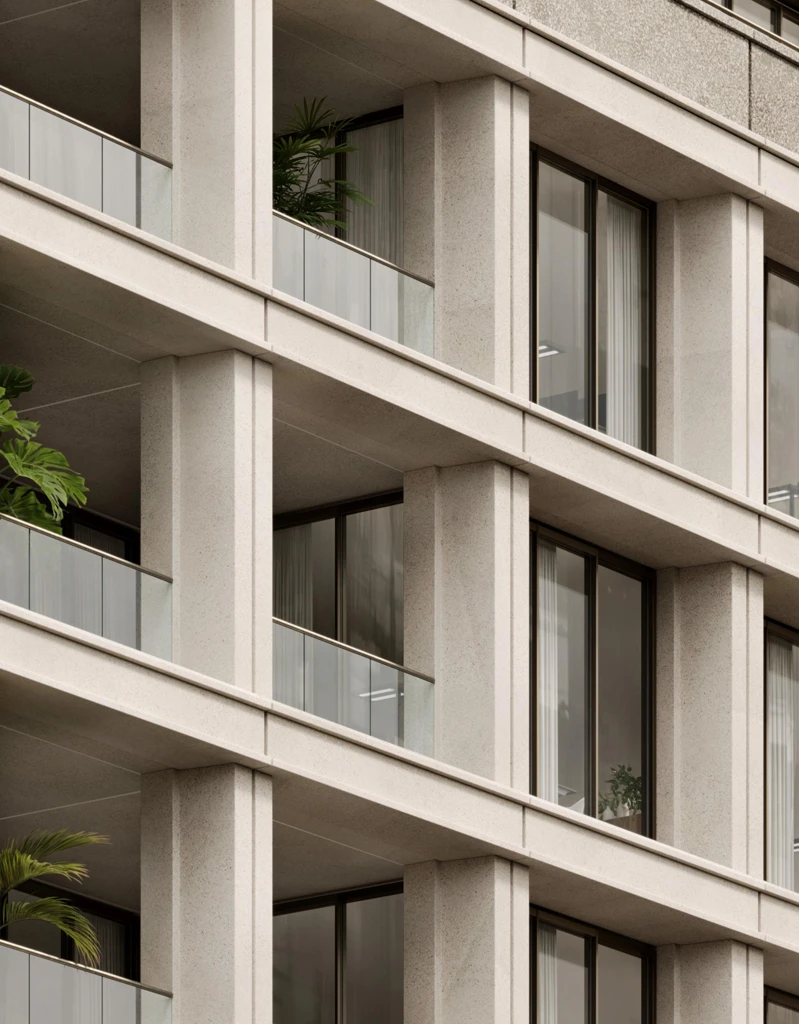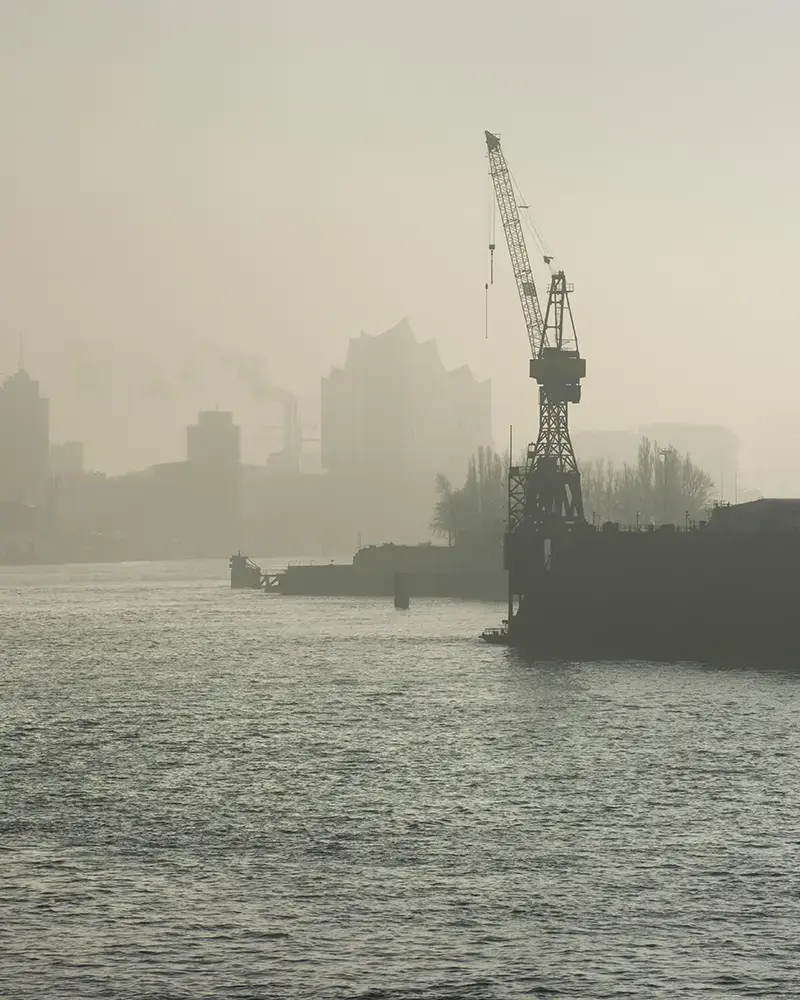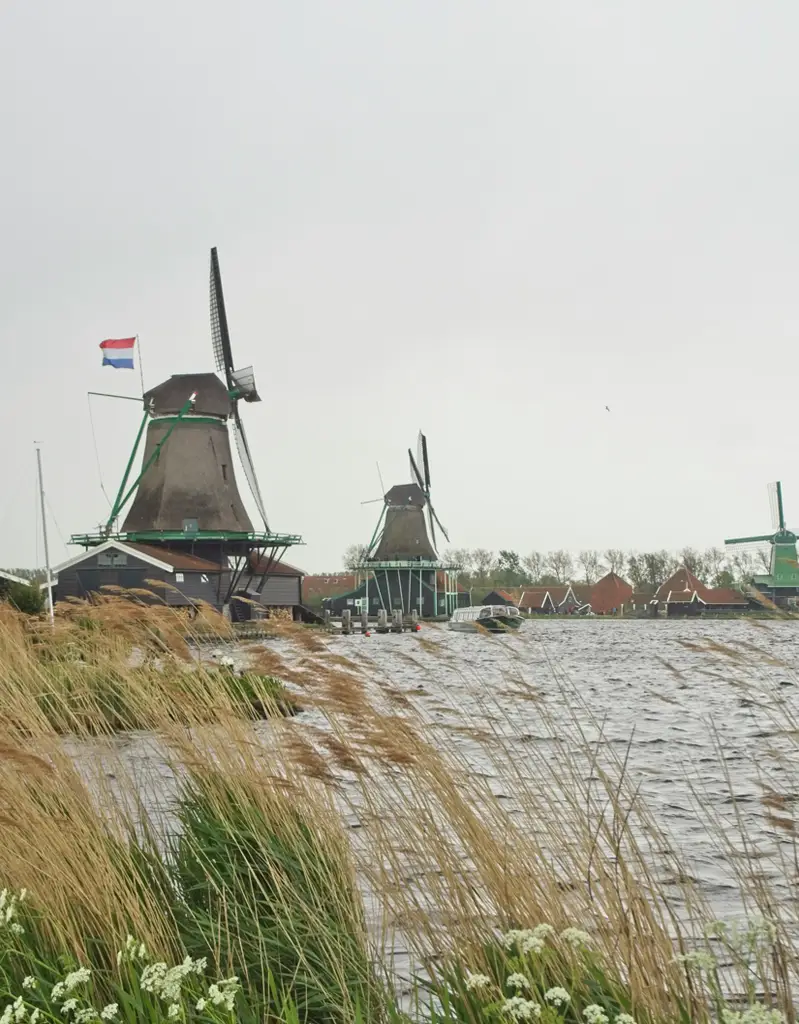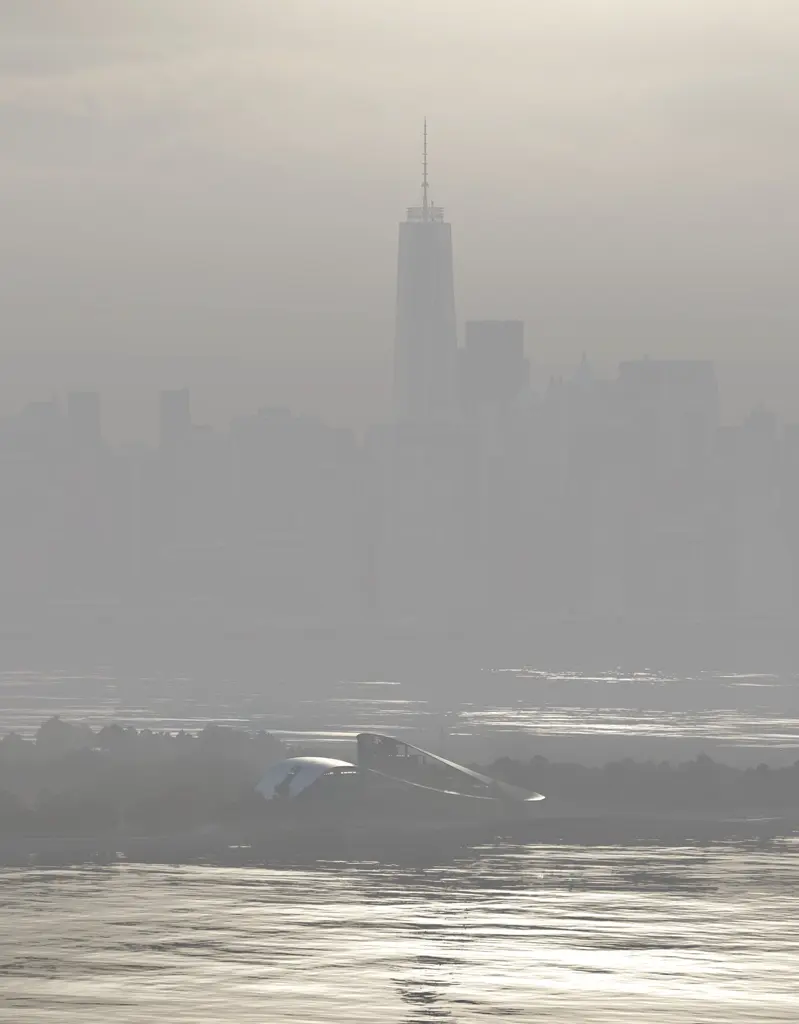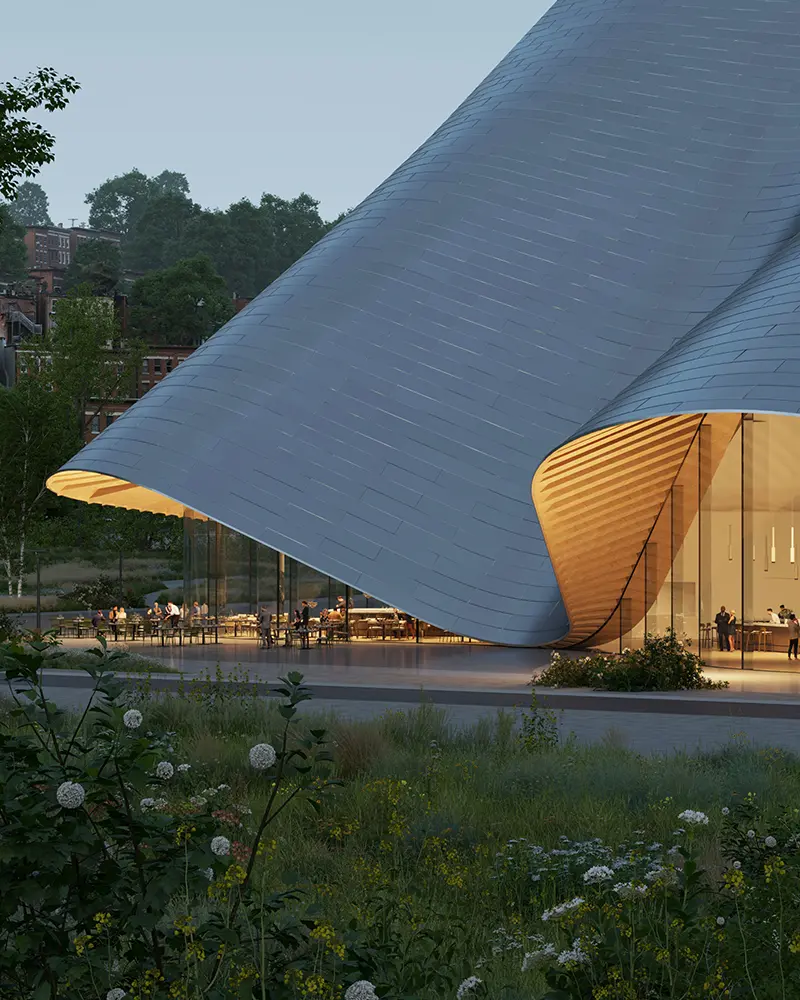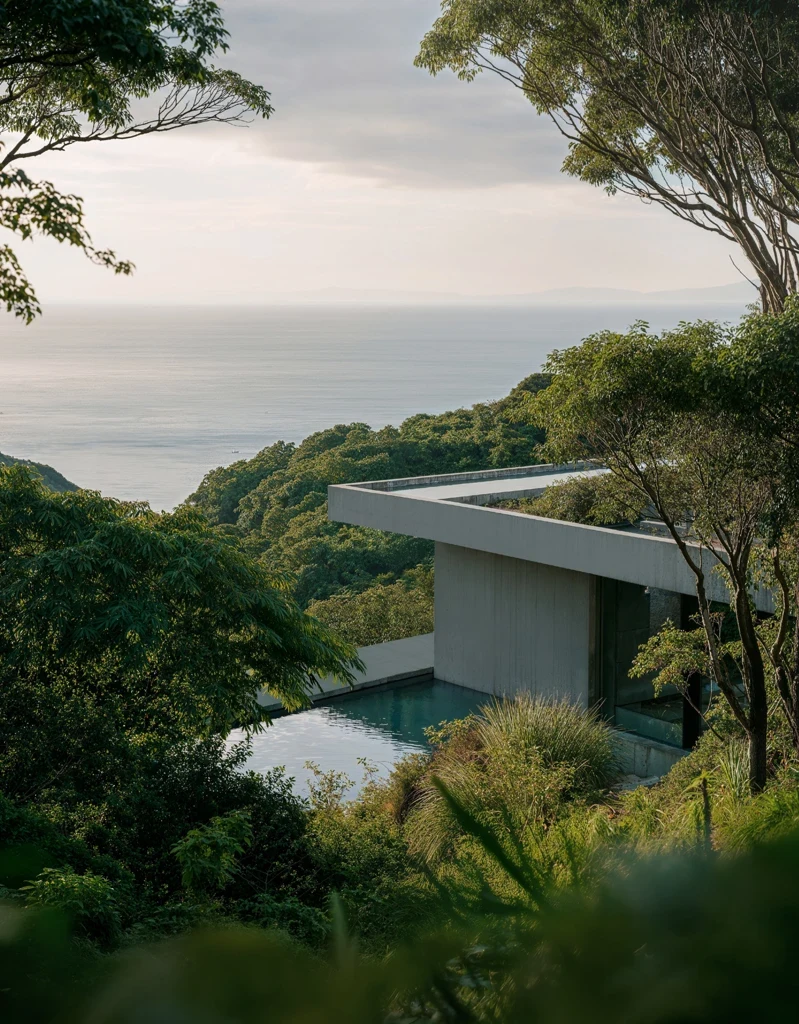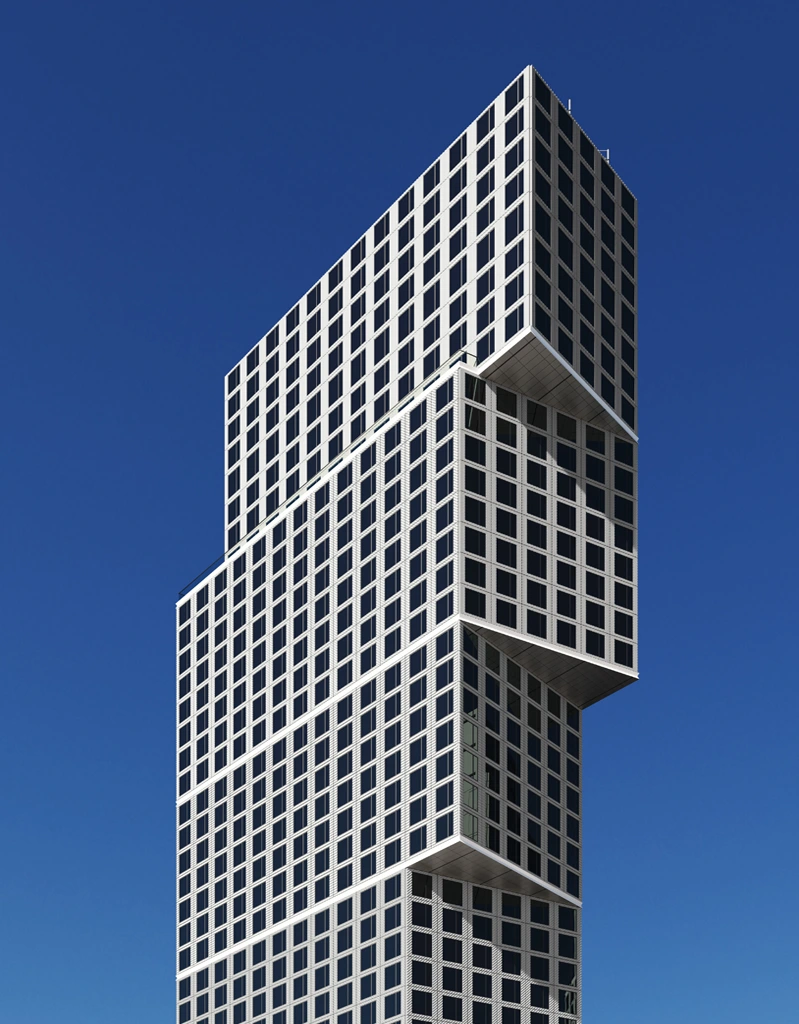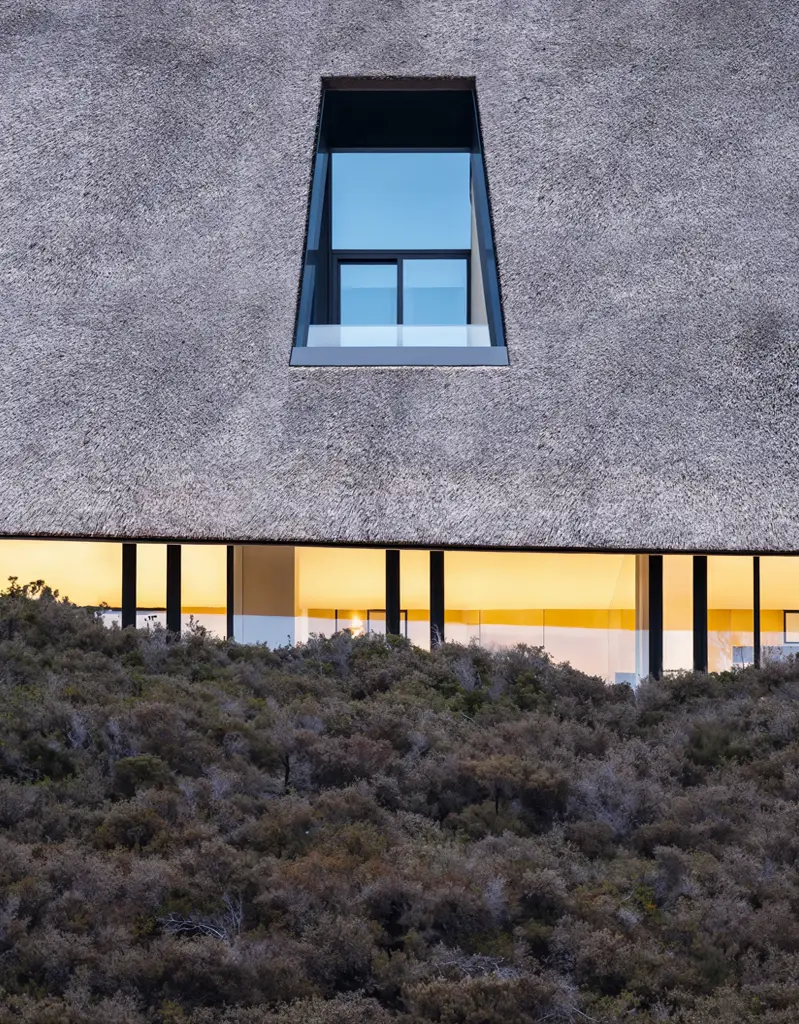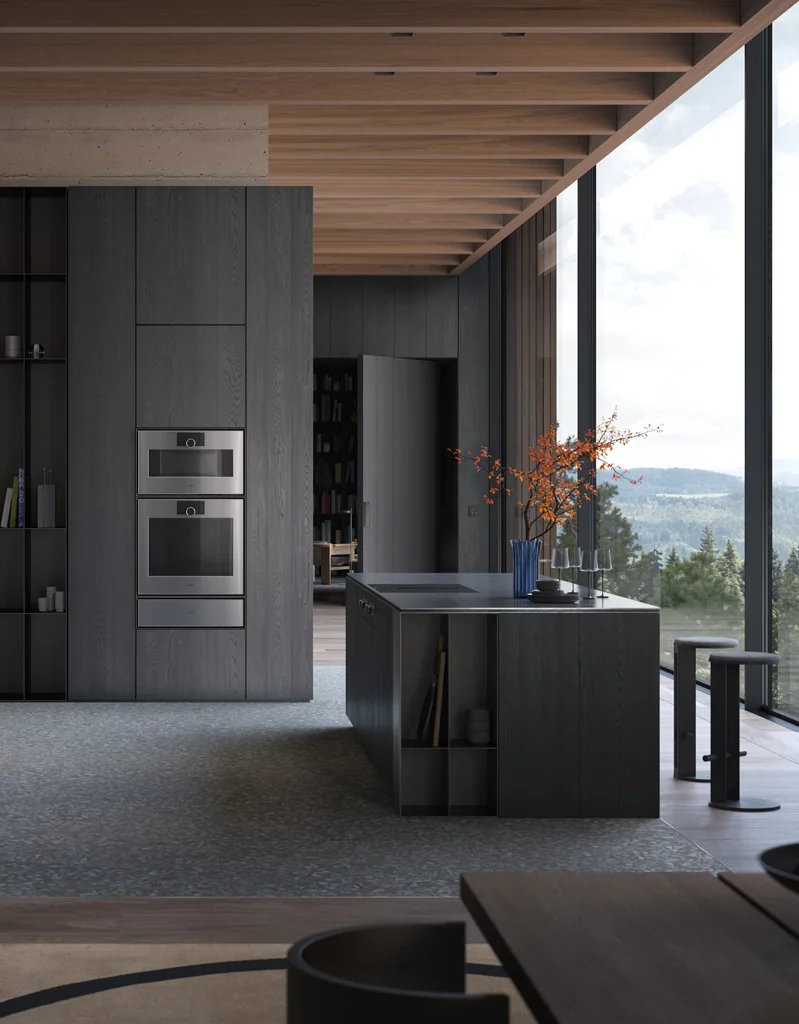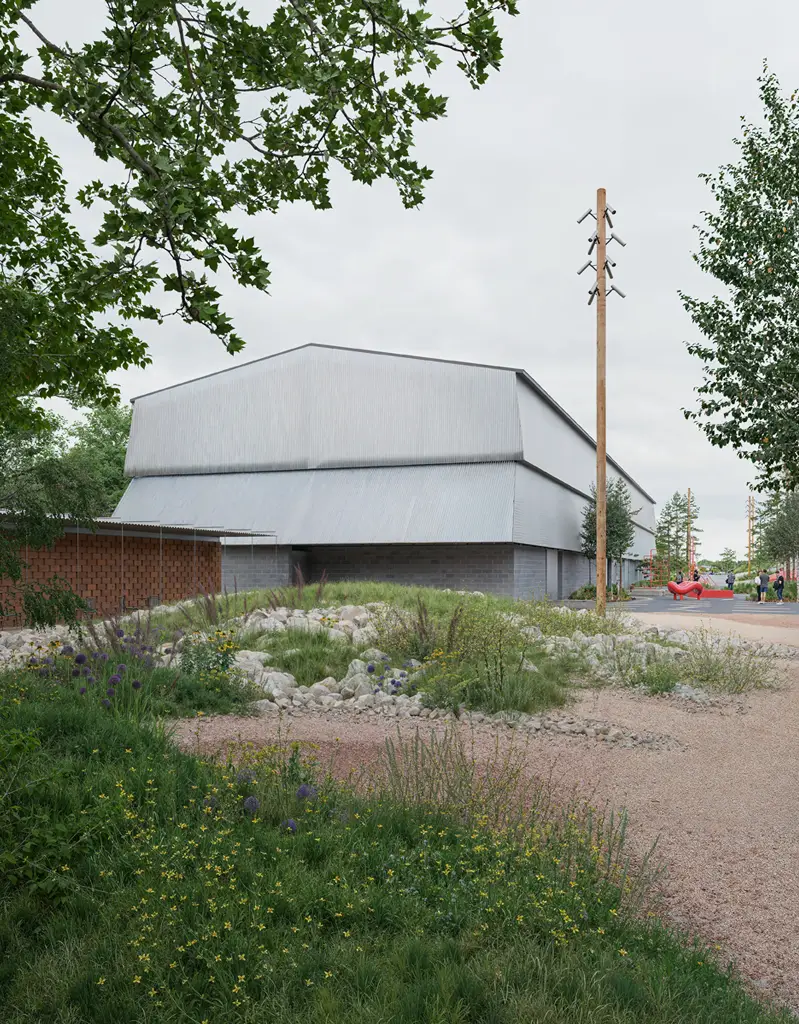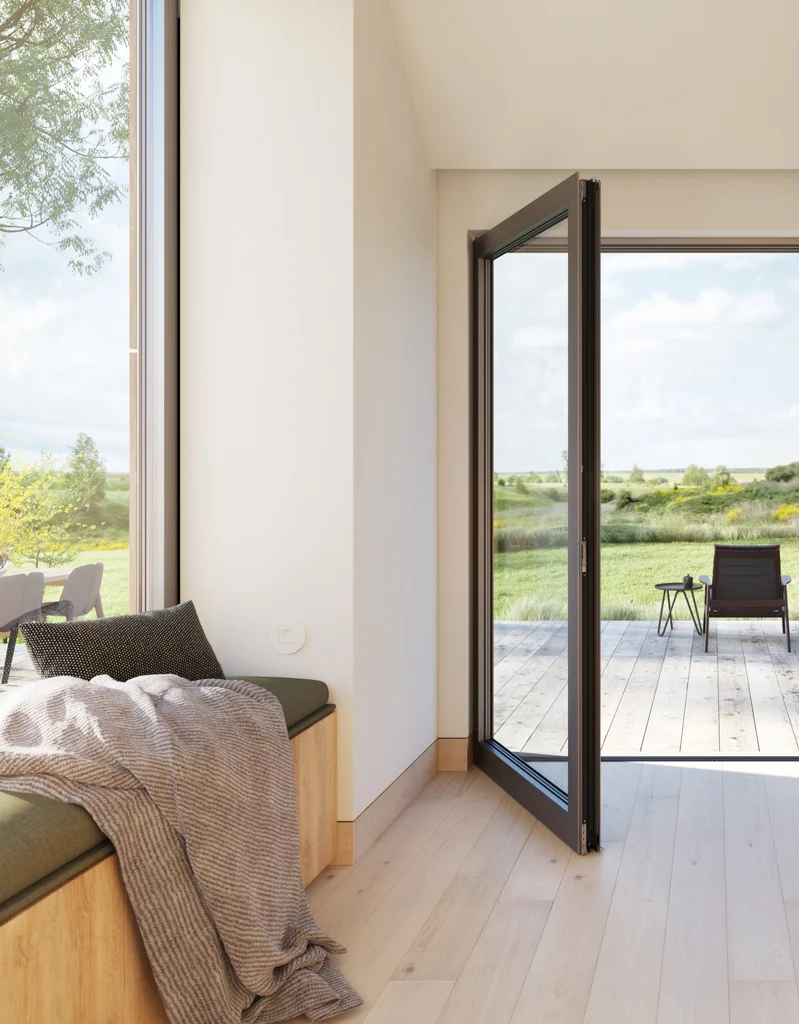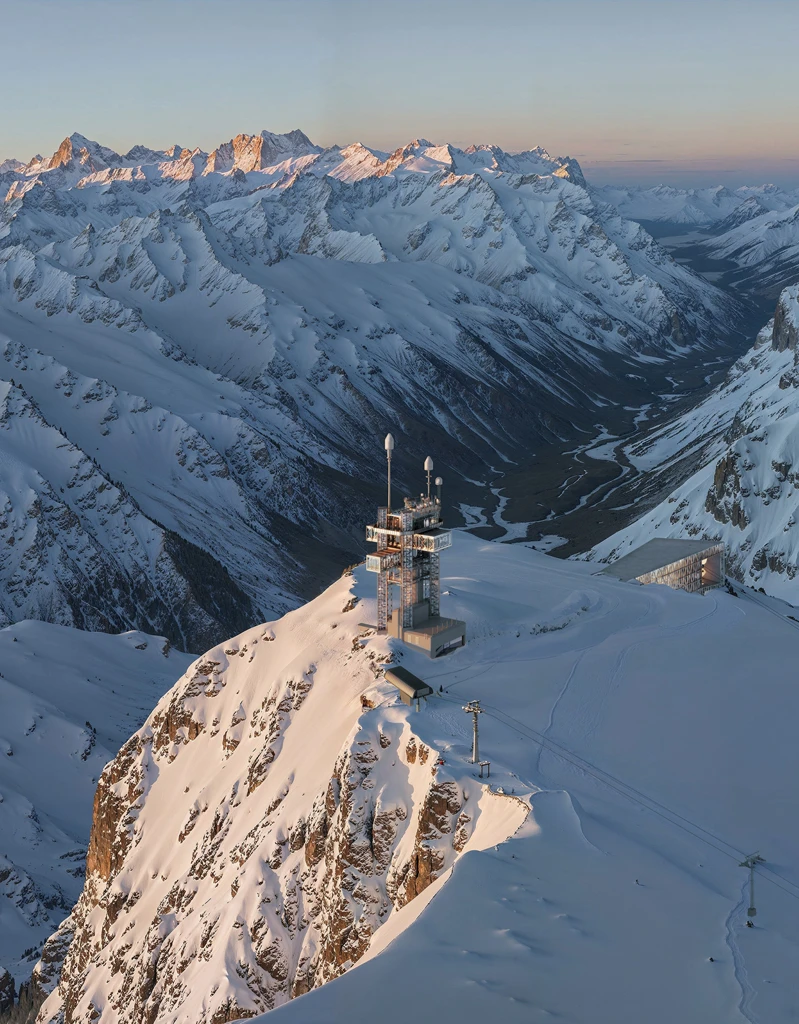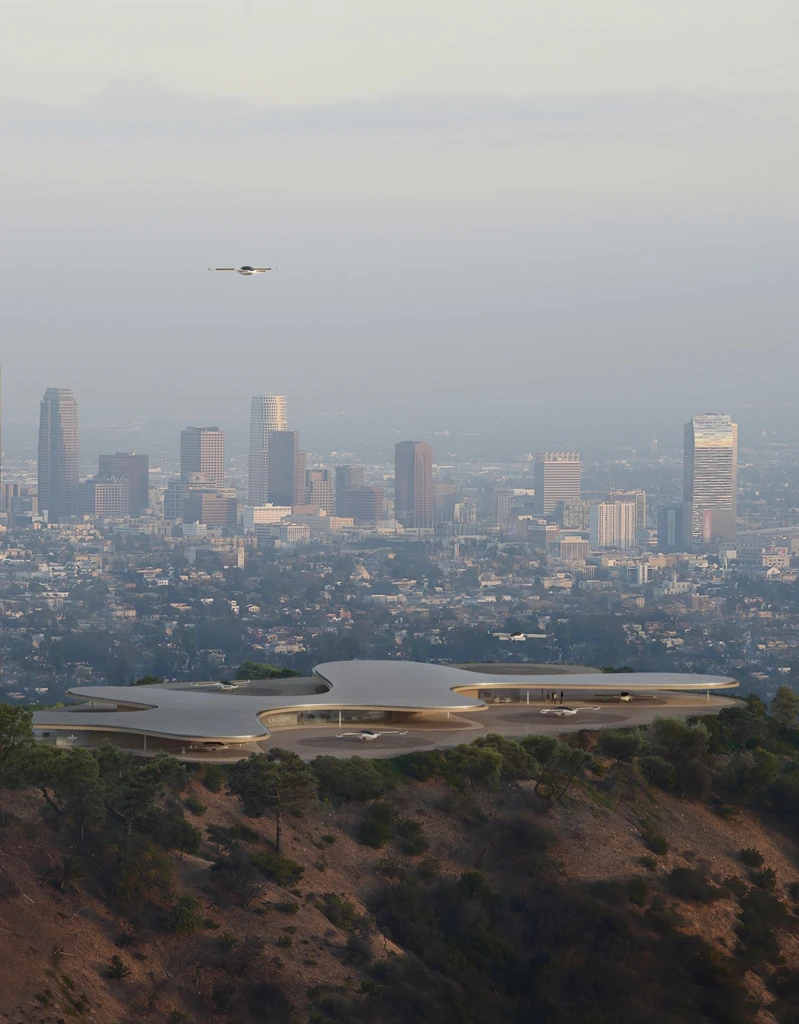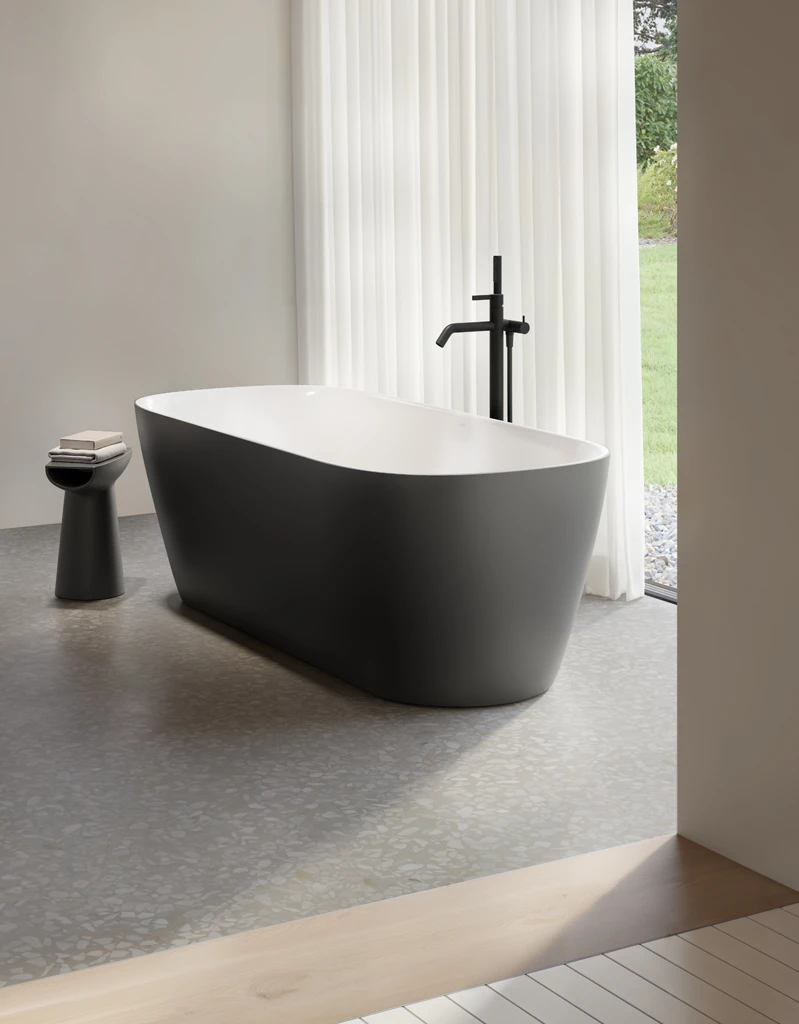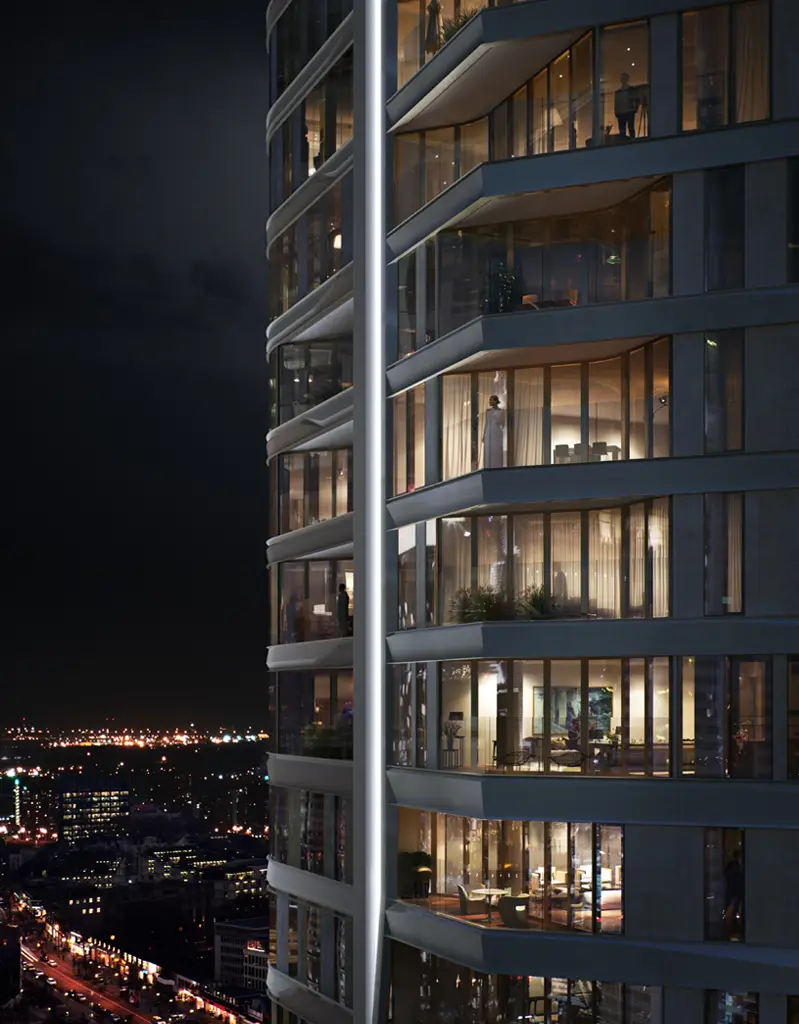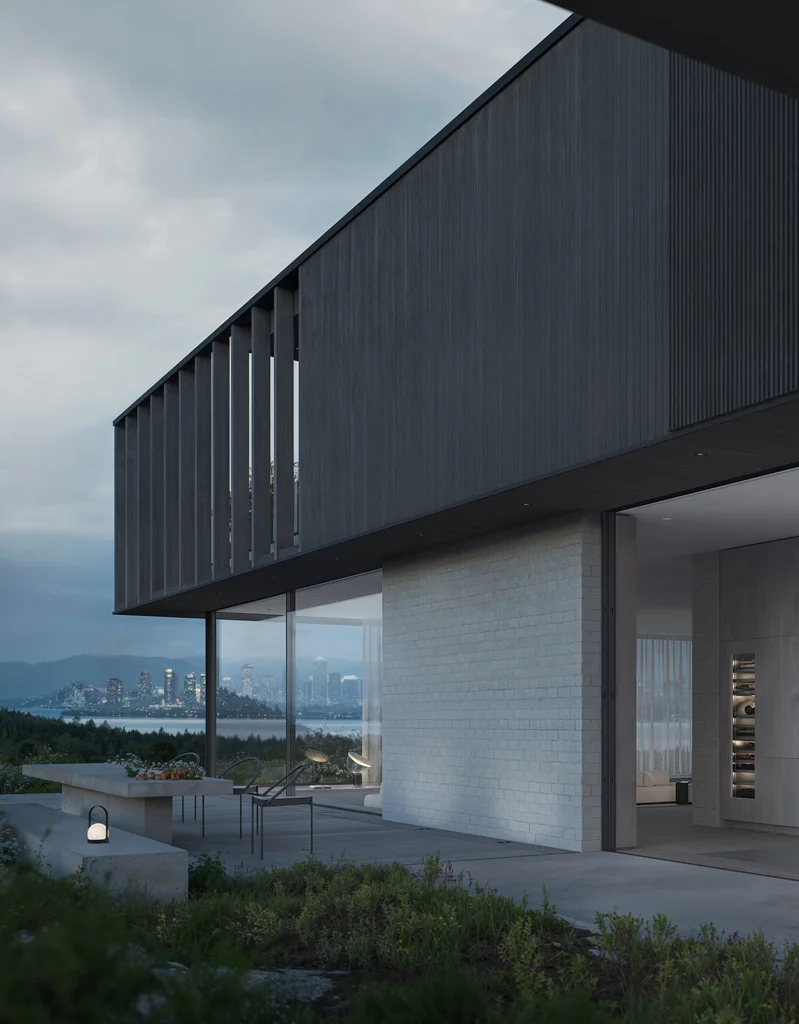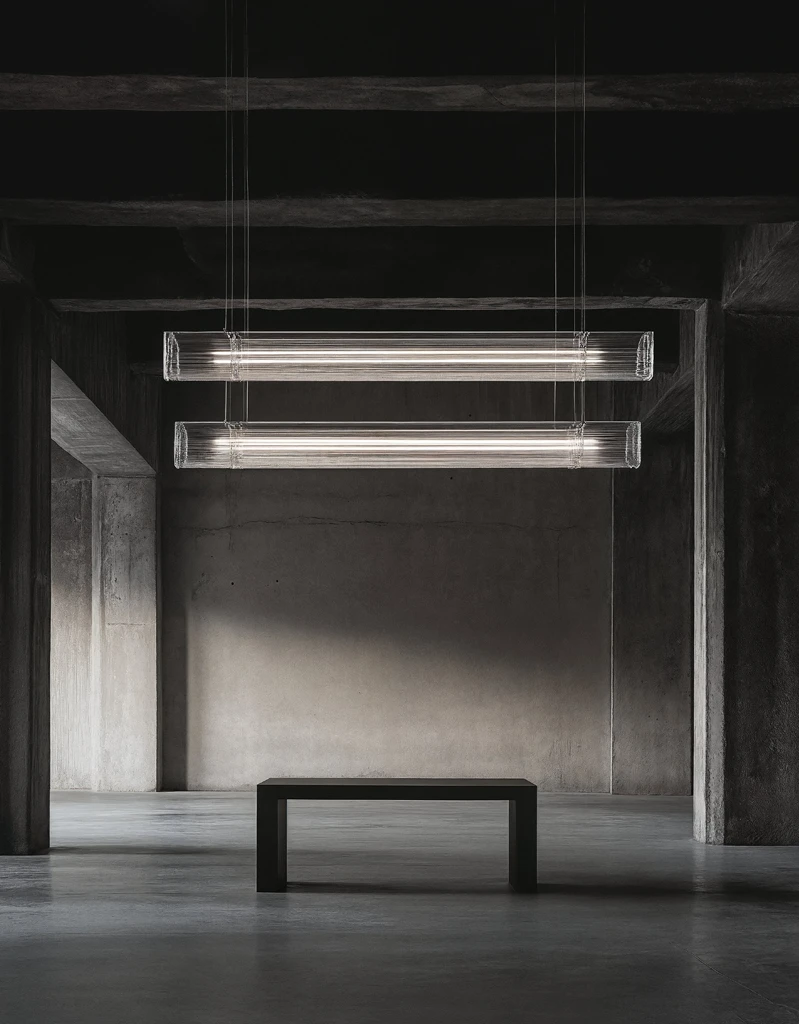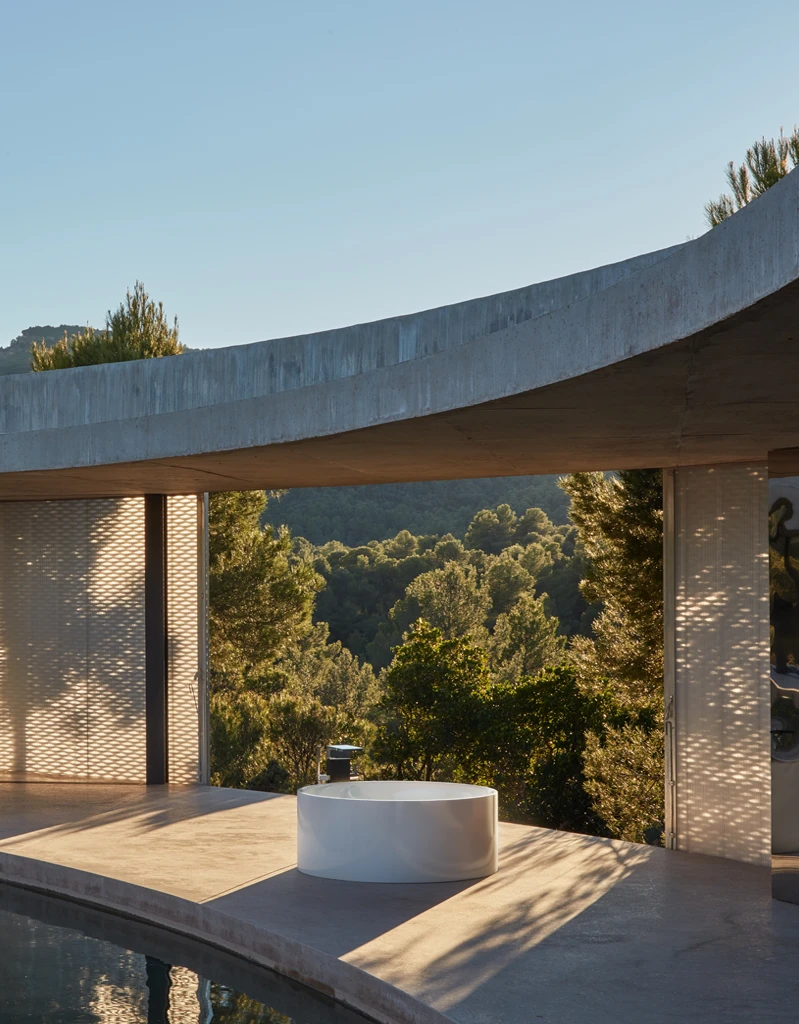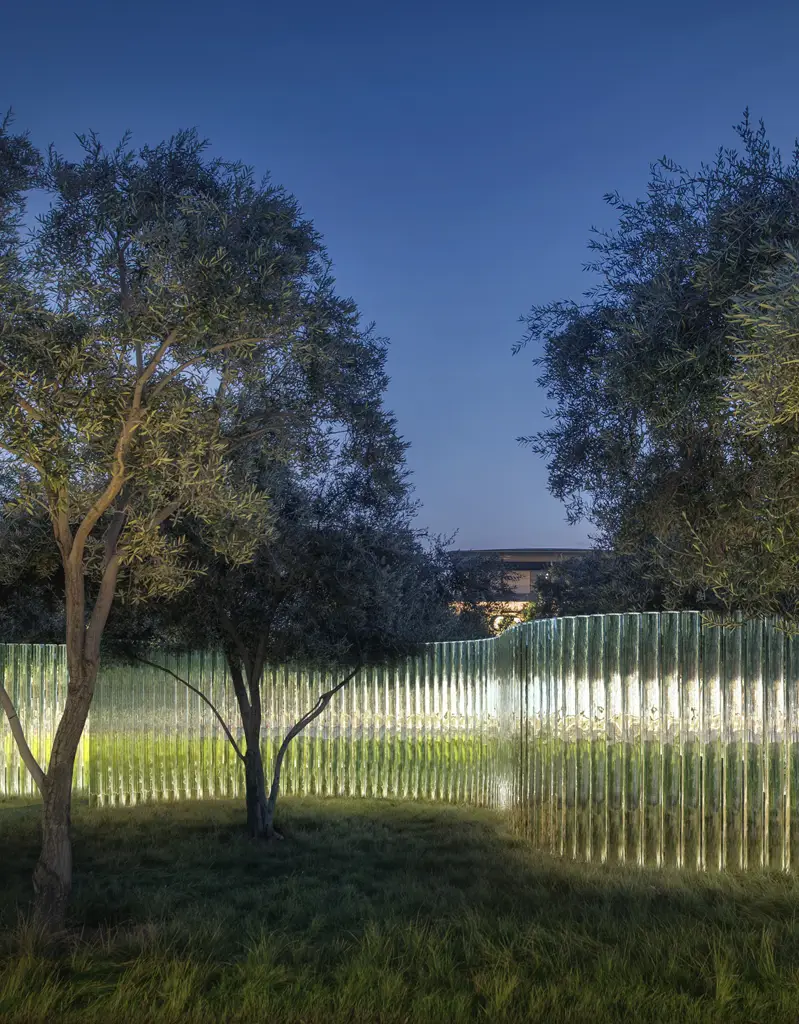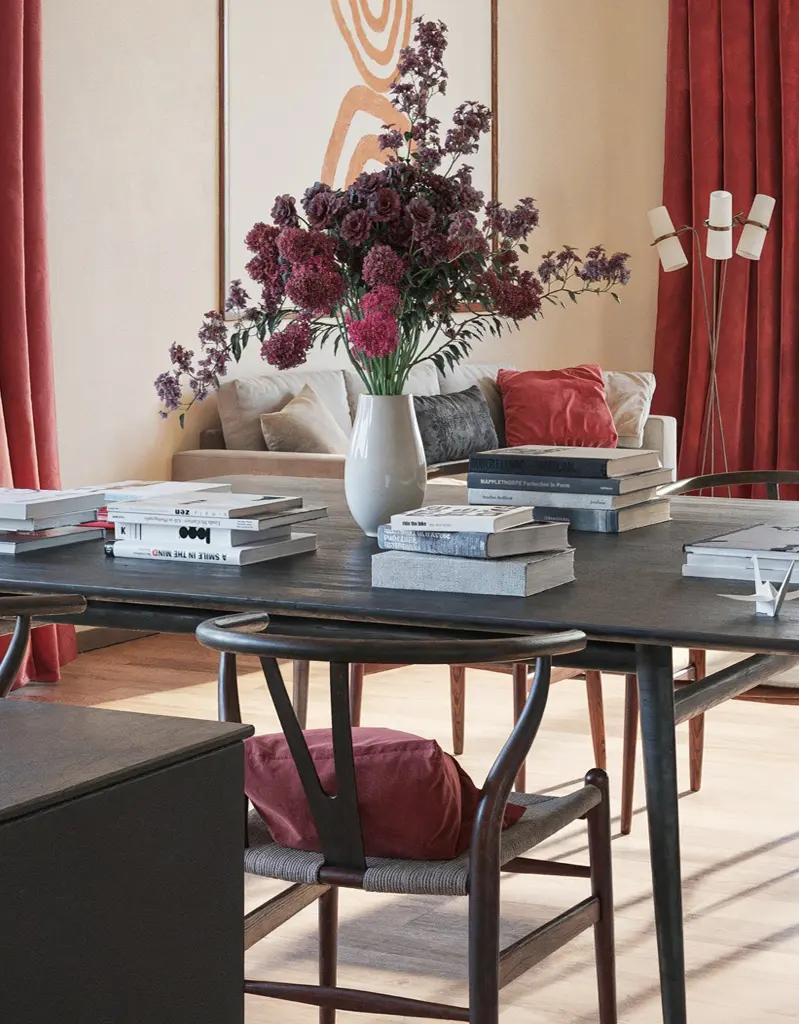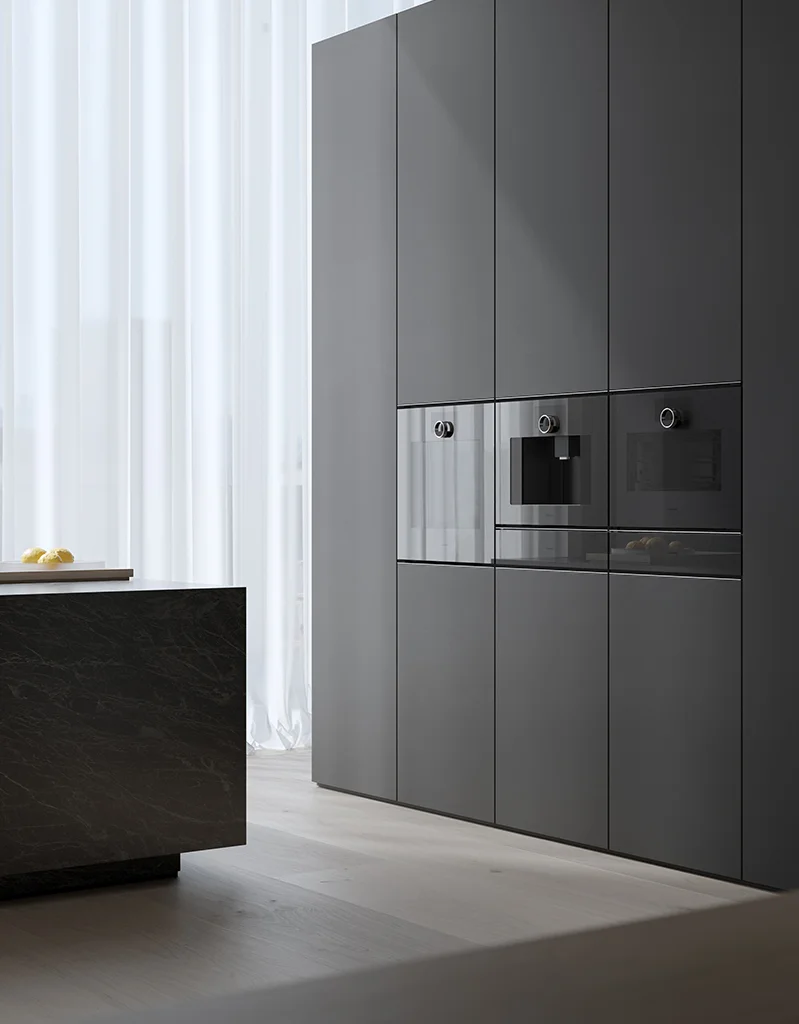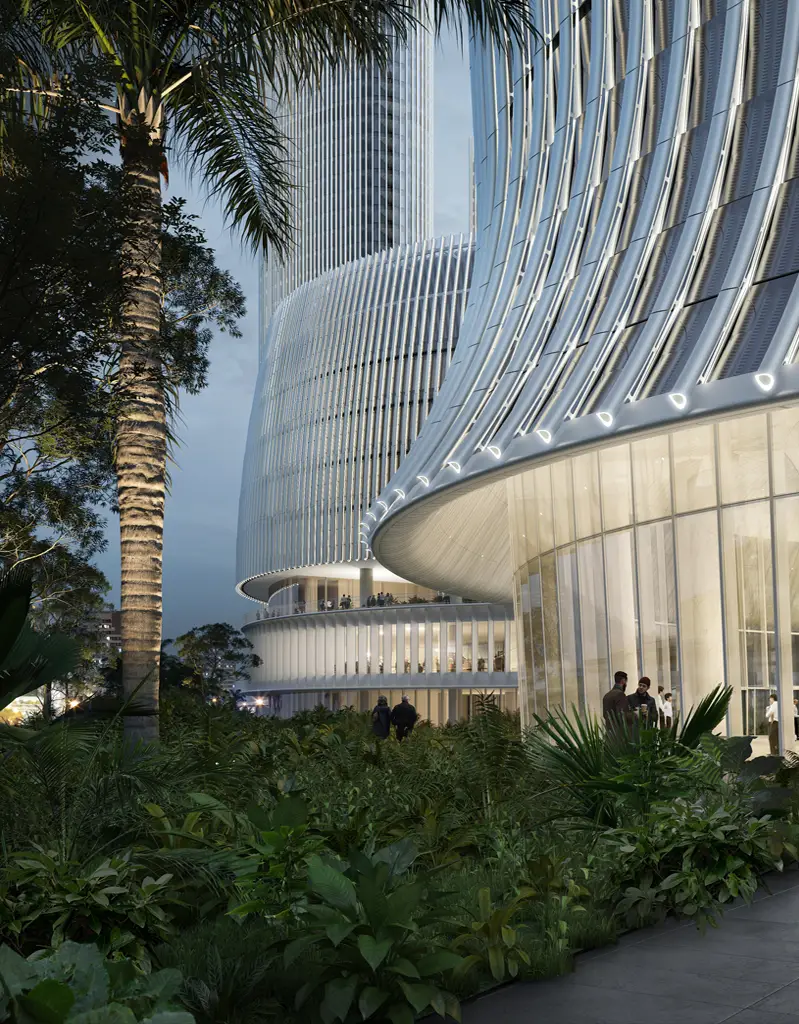
backlit
Lighting conditions
Lighting is a tool for shaping mood, focus, and narrative in architectural visualization. Each lighting condition tells a different story. Whether soft or sharp, dramatic or understated, the light changes how we read a space and what we feel about it. This series explores six essential lighting types, offering a close look at how each one can be used to support design intent and create compelling, believable images.
Backlit
Instead of lighting the front of a building, backlighting pushes the viewer to look into the light source. This approach highlights the outline and silhouette of a structure, emphasizing shape more than texture. It’s especially useful when you want to create a feeling that’s bright but not overly exposed. The light can soften surfaces and reduce contrast while still giving a friendly, sunlit tone. It’s a technique that borrows some of the clarity of overcast lighting and adds the warmth of daylight. Highlights often appear around the edges of vegetation, glass, screens, creating a soft glow. The building may appear flatter in tone, but the mood becomes inviting and friendly.
Instead of lighting the front of a building, backlighting pushes the viewer to look into the light source. This approach highlights the outline and silhouette of a structure, emphasizing shape more than texture. It’s especially useful when you want to create a feeling that’s bright but not overly exposed. The light can soften surfaces and reduce contrast while still giving a friendly, sunlit tone. It’s a technique that borrows some of the clarity of overcast lighting and adds the warmth of daylight.












